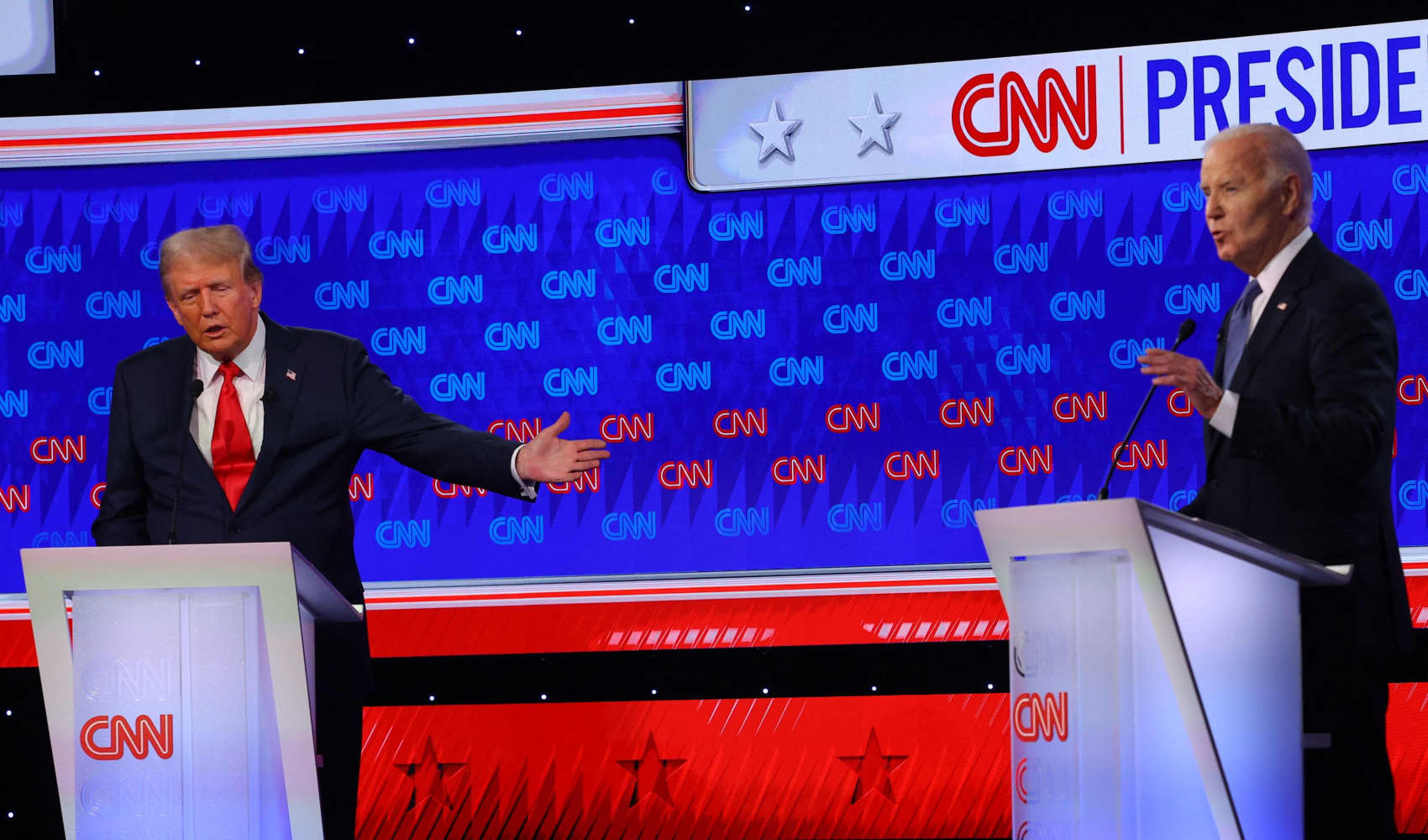
- While the inclusion of the bonds into the JPMorgan index is has been priced in already, Pal sees a more positive medium to longer term impact on the Indian bond market.
- India has seen foreign inflows to the tune of about $10 billion into its bond market over the past nine months, since the announcement, said Puneet Pal, head of fixed income at PGIM India Mutual Fund.
India is set to see billions in inflows into the country's rupee-denominated government debt market, as state bonds make their debut on JPMorgan's emerging market index on Friday.
This is reportedly the first time Indian government bonds have been included in a global index.
India has seen foreign inflows to the tune of about $10 billion into its bond market over the past nine months since the announcement, Puneet Pal, head of fixed income at PGIM India Mutual Fund, told CNBC "Street Signs Asia."
Get Philly local news, weather forecasts, sports and entertainment stories to your inbox. Sign up for NBC Philadelphia newsletters.
Last September, JPMorgan said the inclusion of Indian bonds in its Government Bond Index-Emerging Markets will be staggered over 10 months, starting from a 1% weightage in June to a maximum 10% in April next year.
Deepak Agrawal, chief investment officer of debt at Kotak Mutual Fund, told CNBC earlier this year that he expected the inclusion to generate "stable flows of around $25 [billion] to $30 billion" over the next 12 to 18 months following the rebalancing period starting in June 2024.
Pal said that over the medium- to long-term, the inclusion of Indian government bonds will have a positive impact across the bond markets.
Money Report
"We are looking at the yields drifting lower, especially as the longer end of the curve over the course of the next one year, supported by the strong underlying macroeconomic fundamentals."
Pal said that India's macroeconomic fundamentals were "very strong and stable," with the headline inflation within Reserve Bank of India's target range.
India's inflation rate for May came in at 4.75%, marking a fifth straight month of decline and clocking its lowest rate since May 2023. The RBI has an inflation target of 4%, with an upper and lower tolerance limit of 6% and 2% respectively. Pal forecasts the rate to be at 4.5% for India's financial year, ending March 2025.
Other positive factors he highlighted also included a current account surplus in the first quarter of 2024, as well as the stability of the Indian rupee and a lower fiscal deficit of the country.
"The macroeconomic situation [and] the fundamentals are looking pretty good, which is leading to these inflows into the Indian bond markets and a positive outlook for the Indian markets," he said.






